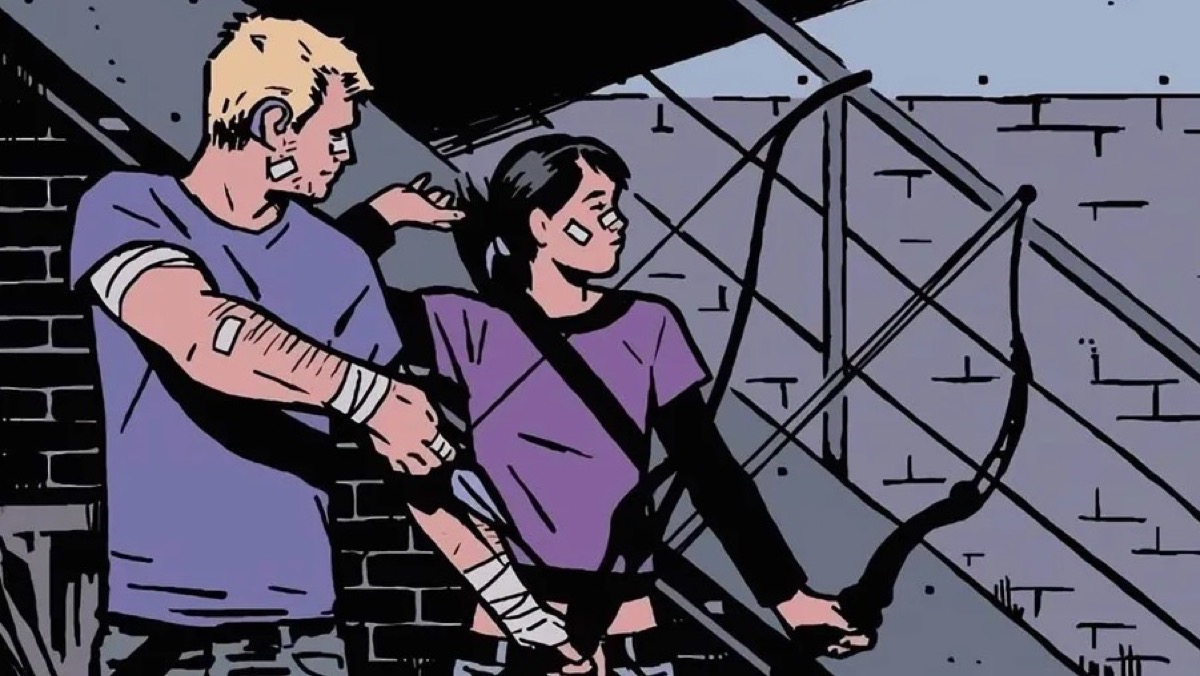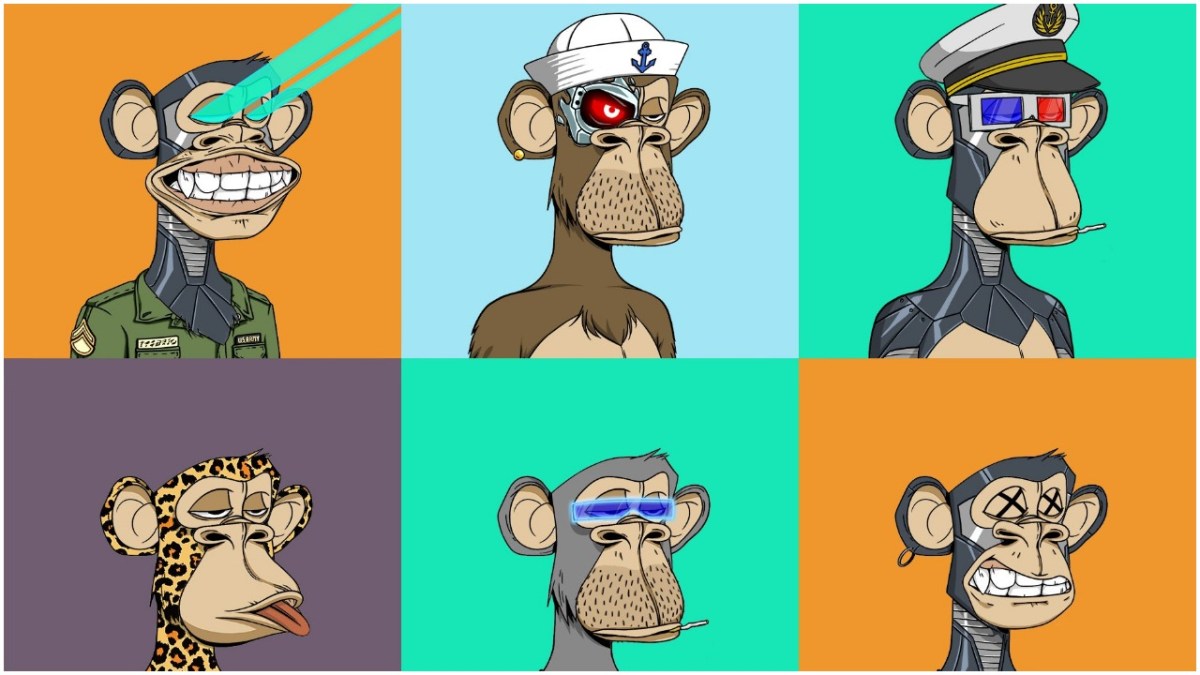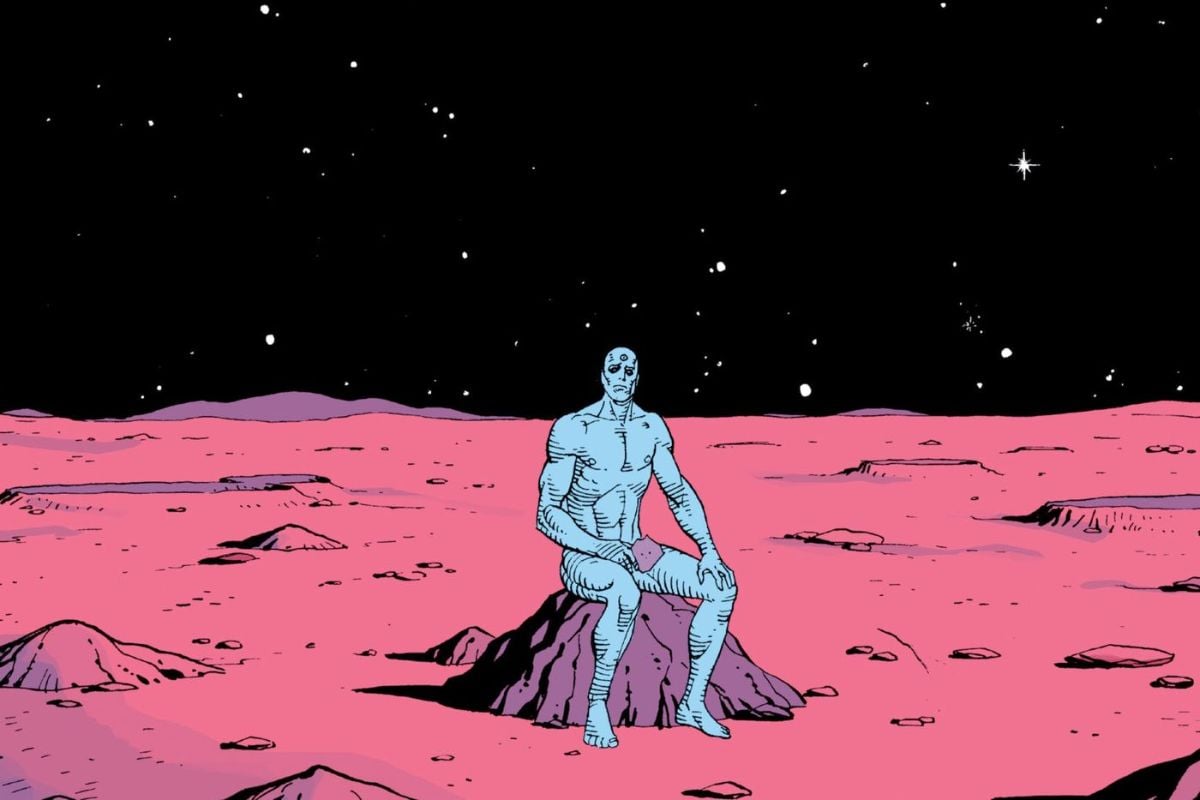A lot is going on in various art spaces right now, and it’s kind of overwhelming, as these are the same places many go to to escape ever-present violence (often state-sponsored in some manner) or try to understand the complicated world we inhabit in a more digestible way. Even enjoying this art in any capacity is getting harder, at a time when you’d think more things would be accessible—well, if you have a reliable internet connection, at least.
The most noticeable and recent are the massive moves happening in the streaming space. The Warner Bros. Discovery merger is getting as big as already existing media giants like Disney (a company that, to be fair, has already been an issue), and we’re seeing, in rapid succession, the fallout of that. They’re closing of avenues for already finished art, taking leaps backward in representation, and moving emphasis away from scripted stories.
In the anime space, Crunchyroll (a Sony company) bought Rightstuf but was not seeking to support its adult content and is phasing out a whole market. It wouldn’t be that much of a big deal if Sony didn’t already own Funimation, not to mention anti-adult content sex bias in most large companies, the latest big example of which was OnlyFans seeking to throw creators under the bus under the guise of issues with banking.
On the animation side, workers have been paid less and less, all while the studios seek contracts with even more underpaid artists in the global south (the next step in animation outsourcing). If you can manage to work on a show in your home country, a streaming service can just yeet it out of existence, as WBD has done, causing some of those involved to lose out on ongoing income. Every other week, VFX artists come out and talk about how terrible the working conditions are with clients like Marvel (Disney). If they get a shred of recognition in the form of awards, you can safely rely on hosts to joke about animation being for kids and not a medium for everyone.
Books and comics

Many of these same companies own the print versions of their work, too. Comic book writers and artists continue to struggle, and unless it’s a part-time gig, they’re most likely going to try to work for these same companies in the future.
Making matters much much worse is that comic book interests have peaked with the advent of the Marvel Cinematic Universe, but Disney (specifically in relation to Marvel and Star Wars) has been accused of cheating people out of royalties, even when characters, storylines, and shots are ripped right out of pages of their stories. This extends beyond comics but has become a more visible issue in comics with films like Black Widow, when Scarlett Johansson got adjusted pay to compensate for the movie’s release being moved to streaming, but not everyone else whose payment depended on box office sales.
Within wider publishing, we’re awaiting the outcome of the Department of Justice’s bid to stop Penguin Random House from buying Simon and Schuster. In this case, the government is rightfully concerned about the anti-competitive nature of the acquisition. If the deal goes through, publishing would go from five major companies to four. Over on YouTube, Jess Owens has been condensing Publisher’s Weekly’s extensive coverage of the case into digestible bits. (There are three parts.)
This is just publishing and doesn’t get into the wider issues (with bettering prospects) involving booksellers and near monopolies like Amazon.
This is all separate from (though it can only exacerbate) the book banning fervor that is leading to “soft” or “quiet” censorship, where teachers, librarians, and chain booksellers are simply choosing only titles that will result in the least controversy—even if that controversy would be around the existence and representation of marginalized groups. Booksellers will, obviously, still support the big titles despite censorship attempts, but that doesn’t help those without the buzz to help them weather the storm. This issue will ultimately result in publishing houses choosing which books to invest in based, in part, on avoiding controversy, in order to maximize their return on investment, which is inherently bad for diversity and inclusion.
Why it’s hard not to be a nihilistic artist at the moment

As a digital artist and someone whose background is in museum studies and art history, I can firmly say the art space is always most interesting at a point of social discord. However, studying it academically and actually being thrown into the mix and affected by the situation are very different. It seems like, in the last few years, the flow of good, bad, and interesting news has been reduced to mostly all bad or neutral at best.
Just to name a few issues this year, there’s the pressure to participate in NFTs to make things work, and collaborate with institutions’ watered-down diversity commitments from the summer of 2020. In the last month, we’ve seen AI work (made from a generator using large amounts of already-made art) win a state fair art competition, and one of the biggest Adobe alternatives, Clip Studio Paint, embrace a subscription-based model. (Still better than Adobe, though.)
All of these seem sort of pitiful to complain about in comparison to the present threat of climate change, compounding systemic oppression, and so much more. However, through art, we can process this, challenge this, and inspire not only solutions but support around existing solutions to these big issues. This is why it’s worth bringing up at all.
(featured image: DC Comics)
—The Mary Sue has a strict comment policy that forbids, but is not limited to, personal insults toward anyone, hate speech, and trolling.—










Published: Sep 12, 2022 03:19 pm